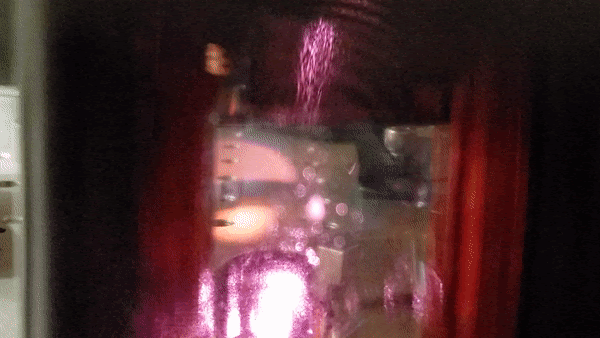WIELDING THE 5th STATE OF MATTER
AFRL’s Quantum Sensing & Timing (QST) group seeks to take advantage of Nobel-Prize winning cold-atoms physics and related techniques to develop solutions for critical DoD problems in positioning, navigation and timing.
In 2014, the QST team demonstrated the first realization in a DoD laboratory of a macroscopic quantum wavefunction known as Bose-Einstein Condensate (BEC). Although the realization of BEC, also known as the 5th state of matter, has inspired far-fetched science fiction entertainment already, the fundamental properties of these ultracold atoms provide exquisite insight into the quantum behavior of atoms.
Ultracold atoms offer excellent sensory information about the magnetic, electric, inertial, and gravitational environments within which the atoms reside. As such, quantum sensors based on ultracold atoms have the potential to significantly impact a variety of military and civilian applications.
The QST group seeks to develop compact quantum systems that allow transition into real-world applications.
Ongoing QST ultracold atoms efforts include the development of high-confinement atom chips, quantum-sensor experiments with BEC, cavity quantum electrodynamics and advancement of new laser-cooling and trapping techniques.

First Bose-Einstein Condensate in a DoD Laboratory achieved in 2014

Using laser cooling to create cold atoms in a Magneto-Optical Trap (MOT); fewest atoms you may ever see with the naked eye : ~1,000,000,000 atoms
